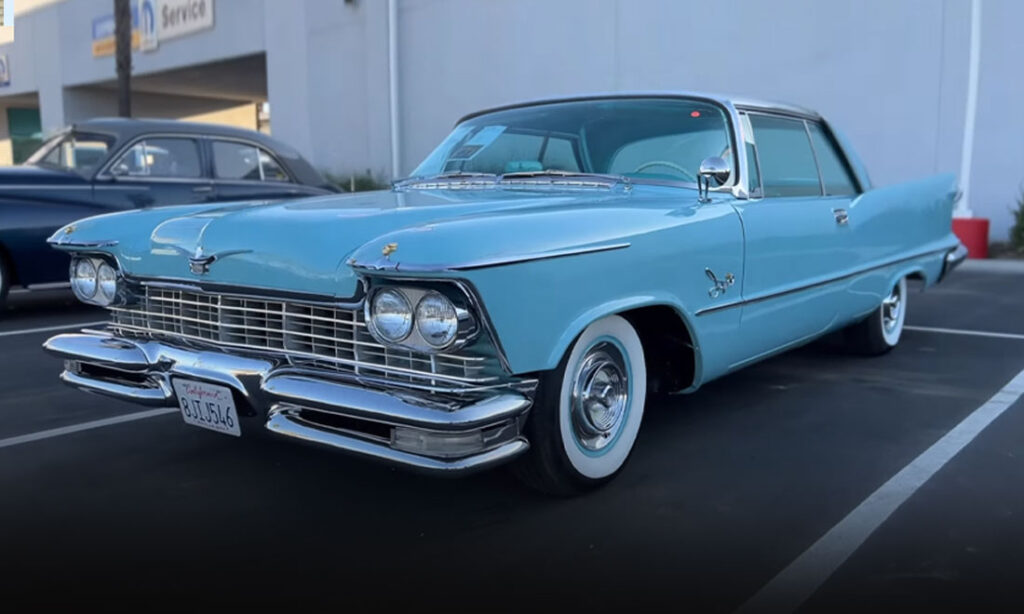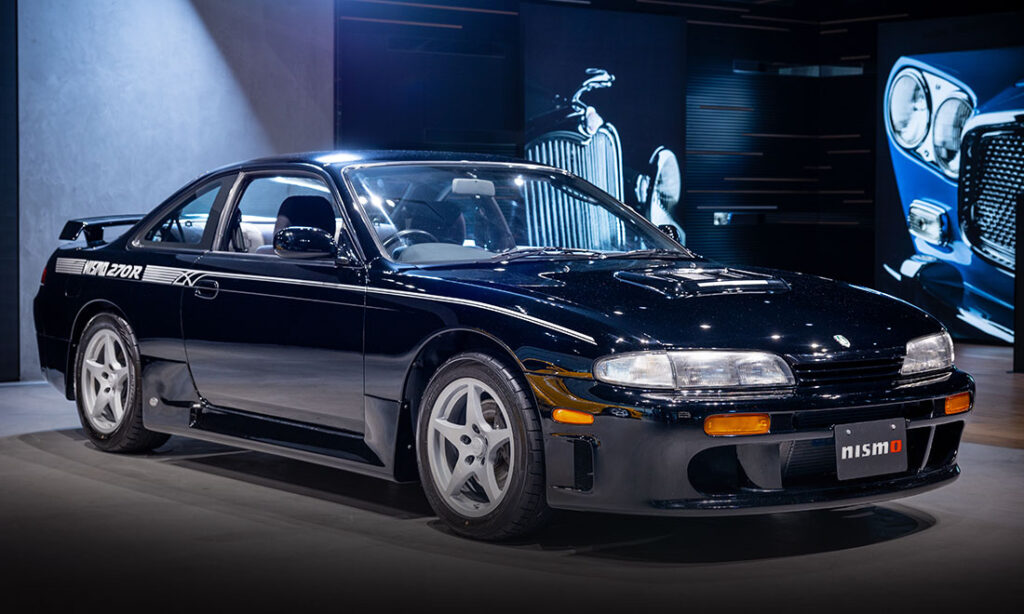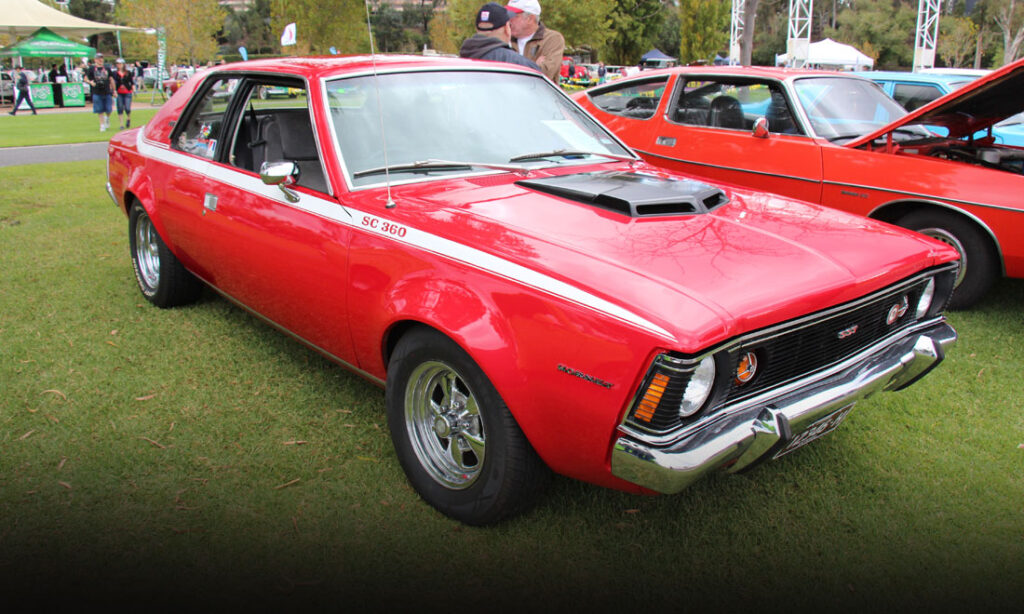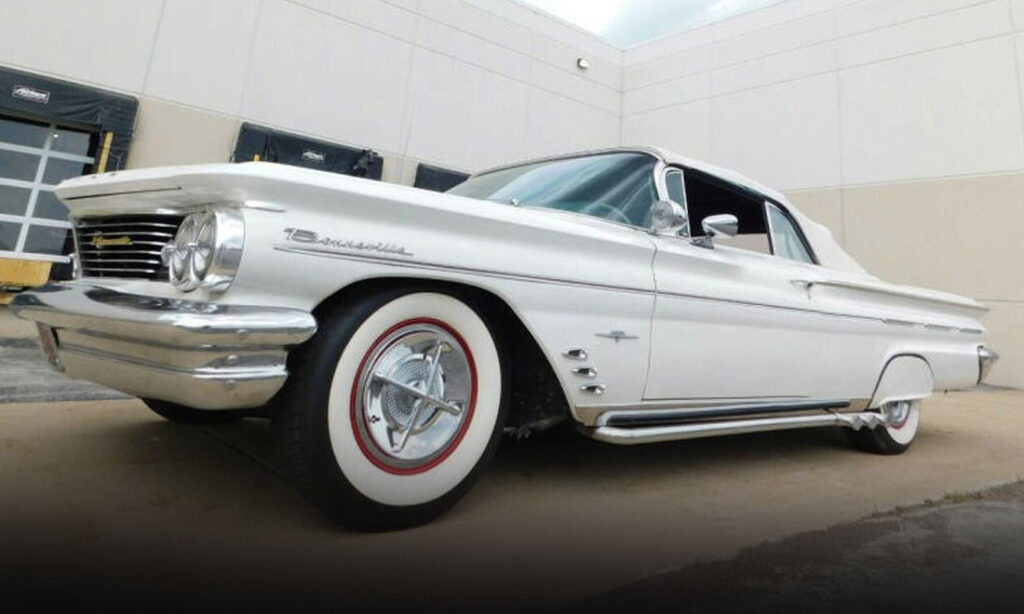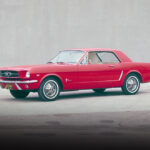The Honda S2000 Was the Perfect Sports Car
We’re reviewing the beloved Honda S2000, a performance roadster for the everyman that only lasted ten years.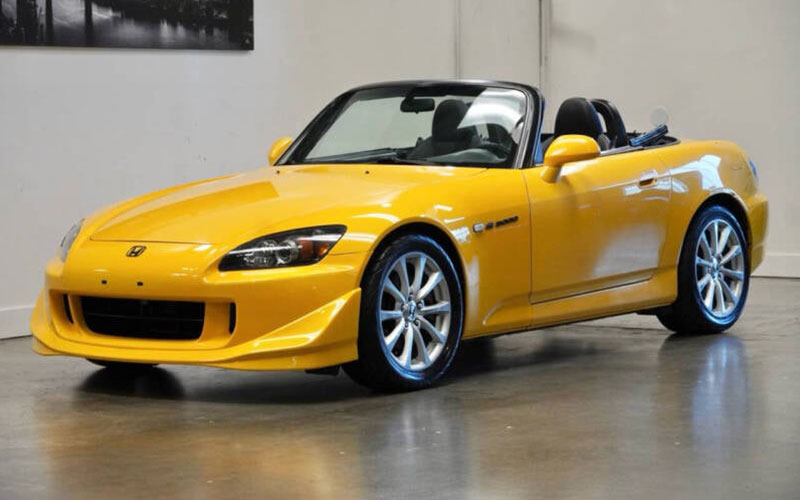
Honda’s Best Roadster
A proper roadster is getting harder to find in the current automotive market. The only one that’s somewhat ascertainable in today’s new car market for a decent price is the Mazda MX-5 Miata with its drop top and two seats, but it wasn’t always this way. The 2000s had plenty of affordable roadsters to choose from like the Pontiac Solstice, Nissan 350Z, Chrysler Crossfire, Audi TT, Plymouth Prowler, and Saturn Sky. While each of those models and the longstanding Miata have their own followings, there’s one other roadster from that 2000s era that’s carried high praise among the car community.
This special roadster’s story was started by Honda at the 1995 Tokyo Motor Show. There the Japanese auto manufacturer unveiled their Sport Study Model concept. This was a front-mid engine rear-wheel-drive two-seater that showcased Honda’s innovative X-bone frame that was claimed to both make the vehicle more rigid for handling and safer in a collision. The aluminum bodied SSM concept carried a 50/50 weight distribution, a 2.0L inline-five, and took design inspiration from the Honda RA270 F1 prototype. It was a terrific idea in terms of the proposed performance and design.
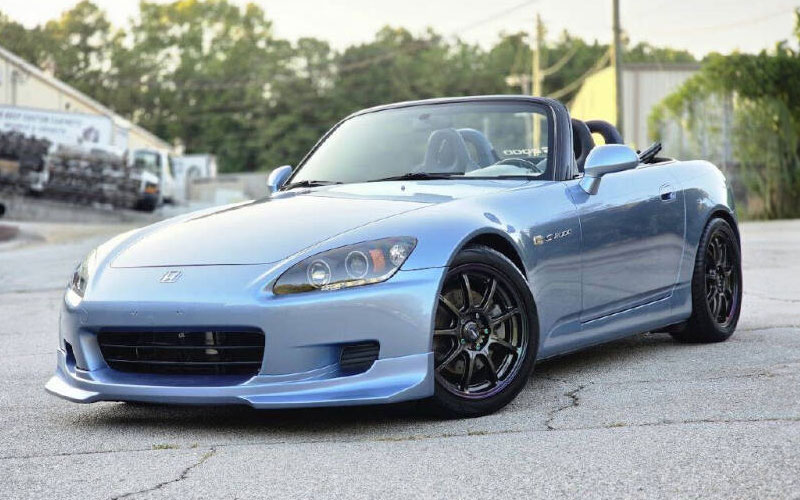
The SSM concept was brought back to Honda’s engineering and design teams to take its key values and model them into a production vehicle. This roadster design eventually entered production in 1999 as the Honda S2000 and has stayed at the top of car enthusiasts’ list ever since. It may not have been as affordable as a Miata of the same time, but the S2000 straddled the line between the everyman’s sports car and higher-end roadsters from the likes of BMW and Porsche.
Find out why this discontinued sports car from the early aughts was so special and why its price has only appreciated in value over the years.
Honda S2000 AP1
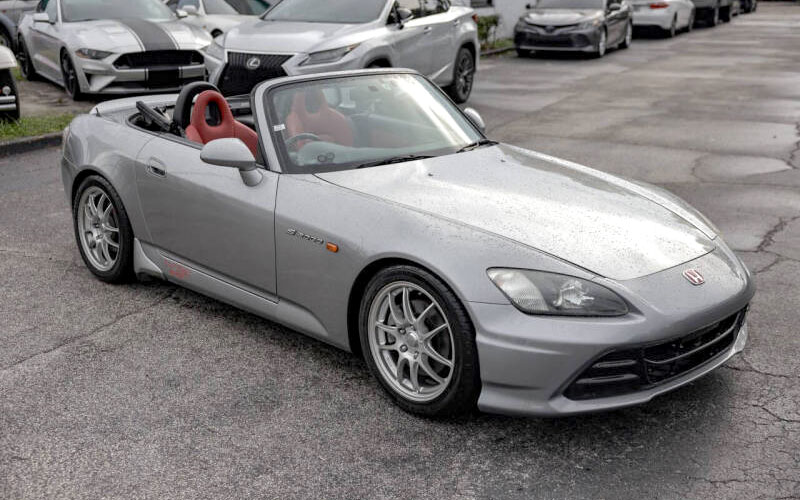
The chassis designation on the first iteration of the Honda S2000 was the AP1. Starting in 1999, the S2000 AP1 was a Honda produced roadster that featured front-mid engine architecture, meaning that the engine was positioned behind the front axle but ahead of the driver. This positioning helped the model achieve a 50/50 weight distribution which aided in cornering the roadster more effectively. Speaking of the engine, the AP1 featured the 2.0L F20C dual overhead camshaft VTEC inline-four engine. This unit is missing one cylinder from the SSM concept the S2000 is derived from, but the F20C was still a potent choice given its lightweight and exceptional output.
The naturally aspirated four-cylinder produced 237 horsepower (nearly 120 horsepower per liter!) at 8,300 RPM with a redline of 9,000 RPM. Having an engine of that size work at those levels of revolutions produces a wonderful engine sound through the dual exhaust pipes. However, the F20C initially left drivers feeling like they really had to work to experience the full potential of this engine. The AP1 didn’t provide enough low-end torque American audiences are used to, so the power wouldn’t fully hit those rear wheels until you surpassed 6,000 RPM and the VTEC kicks in. That may feel like a con, but I feel like it’s a pro if you’re trying to enjoy the thrill of driving this machine. The act of actually pushing the S2000 to its peak to squeeze all its power out at a screaming 8,000 plus RPM is what makes it fun to drive.
Let’s get back to that 50/50 weight distribution though and talk about sitting at the wheel of the Honda S2000 AP1. This is a driver’s car, and it’s made to be expertly pushed through winding corners. The chassis featured Honda’s X-bone frame in its construction which aided in its rigidity reducing the body from torquing. Bolted to that chassis was a four-wheel double wishbone independent suspension featuring monotube coilovers that helped keep the wheels planted to the road. Honda also added their electric power steering system, a limited-slip differential, Bridgestone Potenza S-02 tires wrapped around 16-inch wheels, and four-wheel disc brakes to keep this sports car under control.
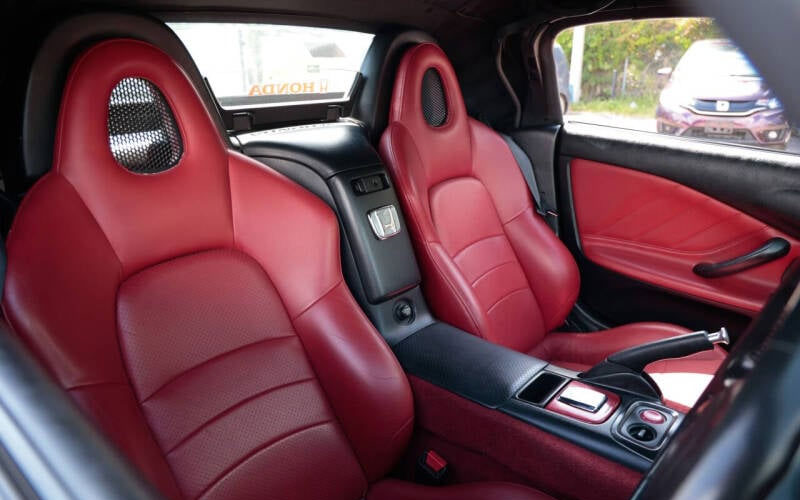
Honda kept the S2000’s interior strictly business and focused all their efforts on making it fun to drive. Inside was a no-nonsense interior tailored for the driver’s experience exclusively. The two seats are nicely bolstered and there were integrated roll hoops positioned just behind them. All of the switches, controls, and gauges are centered around the driver’s side while the passenger side dash is devoid of pretty much everything found in a standard car – aside from the lone air vent. The radio is behind a hidden compartment door, there’s no glove box, the “cupholders” compartment works better for loose change than for drinks, there’s a small locking storage between the seat backs, and there’s some netting next to the passenger’s feet big enough to hold road map or wallet.
Honda S2000 AP2
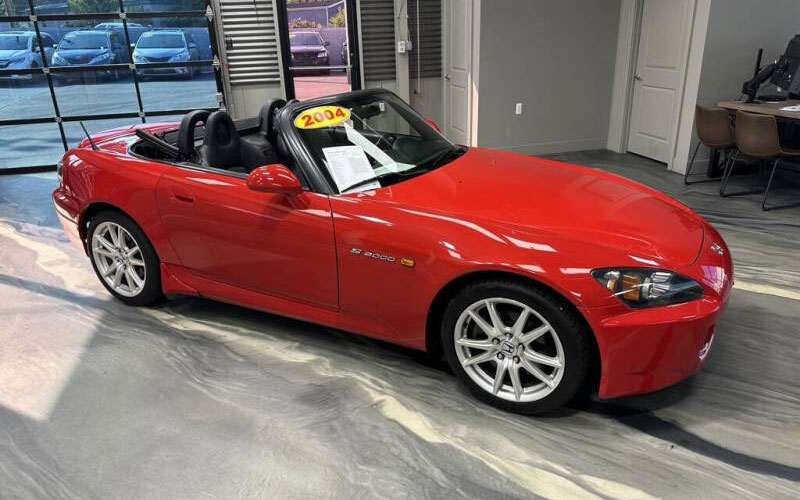
The AP2 was the chassis designation for the revised Honda S2000 starting for the 2004 model year. Visually, the model gained a new front bumper design, new headlights, new rear bumper design, updated LED taillights, 17-inch wheels, and oval shaped exhaust tips. What was different under the skin was the updated subframe that further increased the S2000s rigidity and an updated suspension tune to combat oversteer. The powertrain remained virtually the same, except for the American market. Everywhere else in the world the AP2 continued to carry the F20C, but Americans were introduced to the F22C1.
This was a larger variant of the F20C thanks to a lengthening of the engine’s stroke increasing its displacement to 2.2L. The F22C1 carried a redline of 8,200 RPM to account for the longer piston travel and provided more low-end torque while also maintaining the same 237 horsepower production. Honda revised the gearbox paired to the engine by shortening the first five gears and lengthening the sixth to further make driving the S2000 less of a “chore” for the American audiences and giving them more immediate power like the V8s we’re used to.
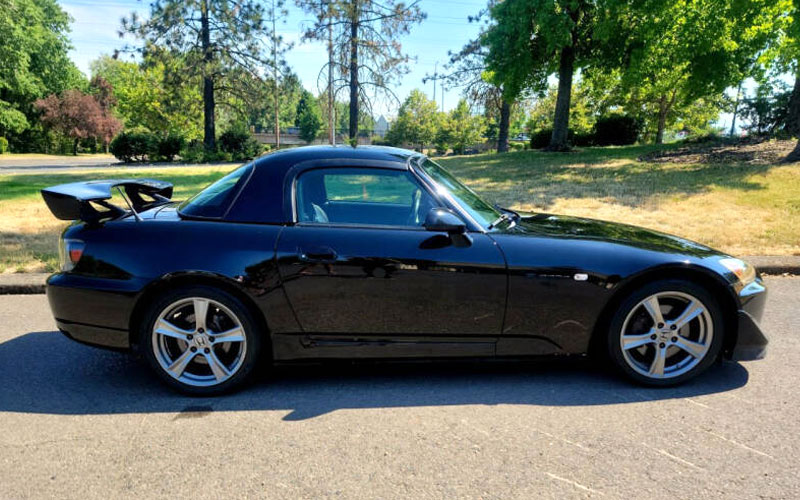
The AP2 also introduced the S2000 Club Racer for the 2008 model year. This trim level was uniquely crafted to be track oriented. It could still be driven on the streets fine, but you wouldn’t truly enjoy the Club Racer unless you could open up the throttle and fully send it around a road course. Honda cut nearly 100 lbs. from the vehicle by removing unnecessary components like the folding soft top and tacked on a whole bunch of racing additions. Wider rear tires, added front lip and a rear spoiler for added downforce, stiffer suspension setup, removable hard top, and a new exhaust.
Will We Ever See the Honda S2000 Again?
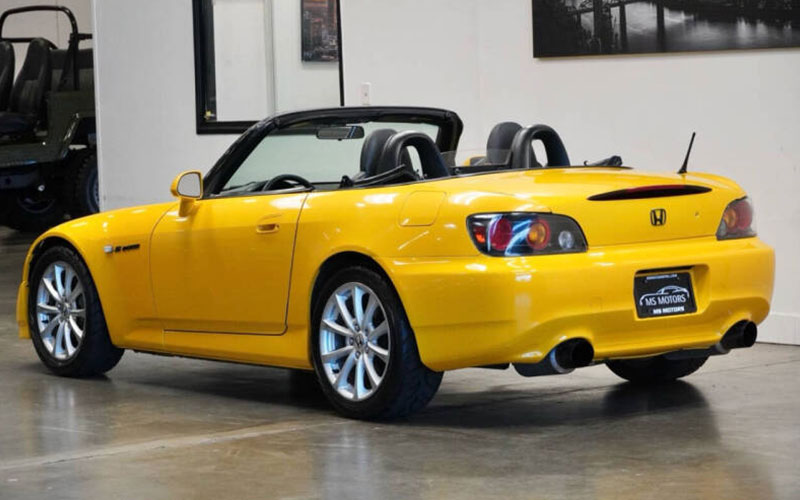
The Honda S2000 saw a gradual decline in sales after 2006 and then the final nail in its coffin came with the auto industry crisis of 2008 and subsequent Great Recession. It’s sad that Honda has never returned to the model, but a two-seater performance roadster just isn’t a money maker like their Civics and CR-Vs are. The car community has continued to buy up the S2000 whenever they can in the hopes of owning one of the greater sports cars of the early aughts.
Honda has played with the idea of a roadster in some of their recent electric vehicle concepts, but it won’t be fitting if they name it in a similar fashion to the S2000. This roadster was all about the experience behind the wheel and pushing it to it redline to enjoy that crisp exhaust note. They can have all the best handling components and the drop top on an EV, but pumping in fake car noise like Dodge and Ford have tried just doesn’t cut it. The S2000 is gone for good and is not making a comeback in any official capacity. But that just means you can keep this modern classic up on its pedestal and appreciate it for what it is when you witness the S2000 in person.


